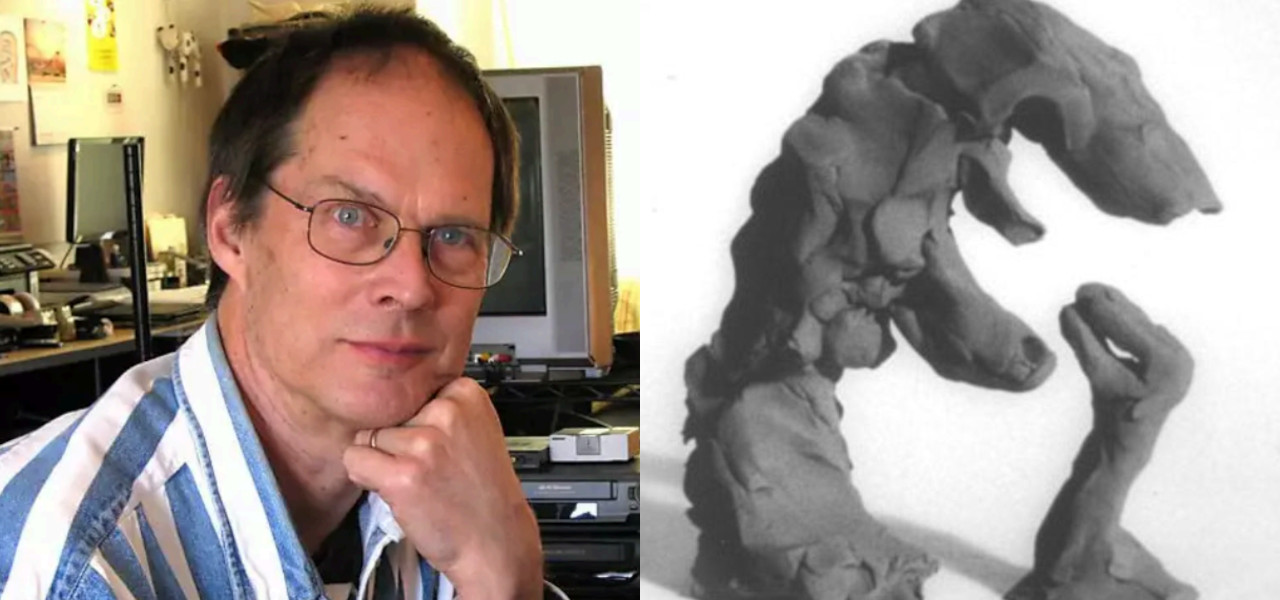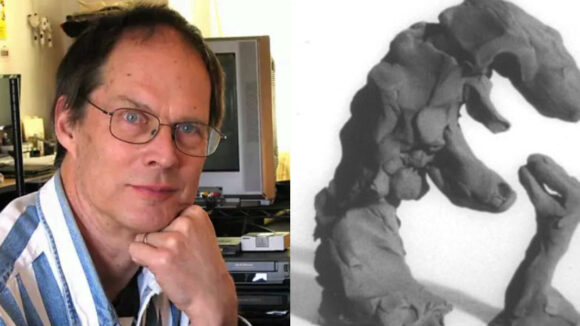

Eli Noyes, Stop-Motion Animation Pioneer And ‘Liquid Television’ Director, Dies At 81
Eli Noyes, an Oscar-nominated filmmaker who had a tremendous influence on the stop-motion animation artform, co-developed Nickelodeon’s Eureeka’s Castle, and directed recurring segments for MTV’s iconic Liquid Television, has died at 81 of complications from prostate cancer.
Noyes was born on October 18, 1942, in Amherst, Massachusetts. His parents were Eliot Noyes, an accomplished architect and industrial designer, and Molly Duncan Weed Noyes, an interior designer.
The younger Noyes received early acclaim for his work, scoring an Oscar nomination for the 8-minute short film Clay or the Origin of Species, which he made while still an English undergrad at Harvard.
The film has influenced generations of stop-motion artists who use clay in their work, including Aardman Animations co-founders Peter Lord and David Sproxton.
Speaking with Variety in 2016, Lord explained that after he and Sproxton saw Clay or the Origin of Species on tv:
That put the idea into our heads that you could animate clay. Drawn animation was kind of a blind alley for us.
After leaving college, Noyes teamed with filmmaker Claudia Weil to co-direct documentaries, including 1970’s This Is the Home of Mrs. Levant Graham, the story of an impoverished Black family living in Washington D.C., and Aspen: 1970, about a clash between architects from different backgrounds.
As a young filmmaker, Noyes spent time at the TV Lab, an experimental division of Channel 13/WNET public television supported by the Rockefeller Foundation and the New York State Council on the Arts. Decades later, he recalled of his experiences at the Lab:
We were kind of a new, young generation with a lot of hubris because we weren’t trained, we hadn’t gone to films school, we just thought pick up the camera, make the film, have fun, and lets make the world a better place.
Noyes regularly utilized various materials and techniques in his filmmaking. He used sand animation for the 1973 short Sandman, clay again in 1974 with The Fable of He and She, and pixelation in 1976’s Peanut Butter & Jelly.
In a 2019 interview, Noyes talked about his experimentation in those early years:
I was an independent filmmaker trying to make my own films and get work where I could. I experimented with all sorts of mediums, starting with clay, then sand, then cutouts, then Xerox cutouts made from still images shot on a Nikon, then ultimately discovered Blue Screen video where I could layer live actors against drawings.
Anyone who grew up with cable tv in the 1980s and ’90s will instantly recognize Noyes’ influence on kids’ and family programming from those decades. Noyes was one of the earliest contributors to the Nickelodeon network during the nascent years of cable television and animated the logo for the channel’s first show, Pinwheel, using sand.
In 1983, Noyes and producer Kit Laybourne launched Noyes & Laybourne Enterprises, a New York-based indie that continued to produce work acquired by Nickelodeon and other networks. The studio made network IDs for both Nickelodeon and its evening block, Nick and Night, and developed original series such as Eureeka’s Castle and Gullah Gullah Island.
In 1988, the studio joined Colossal Pictures and significantly impacted another cable TV upstart, MTV. There, it produced graphics for the network, and Noyes directed recurring segments from the iconic independent animation showcase Liquid Television, including “Art School Girls of Doom” and “The Blockheads.”
In addition to its broadcast TV contributions, the studio also worked on commercial projects for partners such as IBM, Scholastic, ABC Sports, Reebok, and Xerox.
In 1991, Noyes and his family moved across the country to San Francisco, where he worked on live-action, animation, and interactive projects for tv. An early adapter to new technologies, Noyes also created Ruff’s Bone, an interactive children’s book CD-ROM produced for Broderbund Software.
On the West Coast, Noyes worked on interactive projects for Pixar and helped launch The Disney Channel’s ZOOG Disney, one of the earliest programming blocks that combined tv and the internet. He also served as director of interactive design at the Oxygen network from 1999 to 2001.
In 2003, Noyes teamed with Toy Story producer Ralph Guggenheim to launch Alligator Planet, where the duo created film, print, and media works. The outfit’s credits include producing animated segments for the Oscar-nominated documentary The Most Dangerous Man in America (2003), on which Noyes served as animation director.
Noyes is survived by his wife, Augusta Talbot, son Isaac, daughter Abigail, and granddaughter, Esme.

.png)